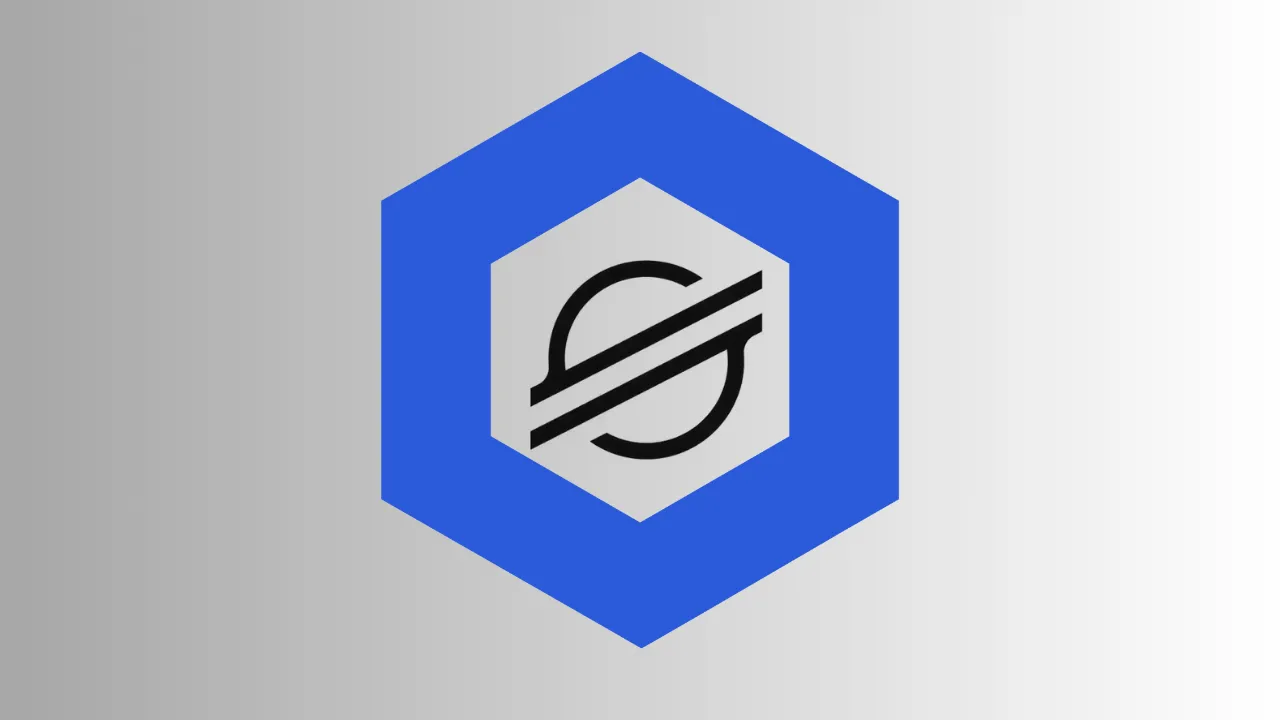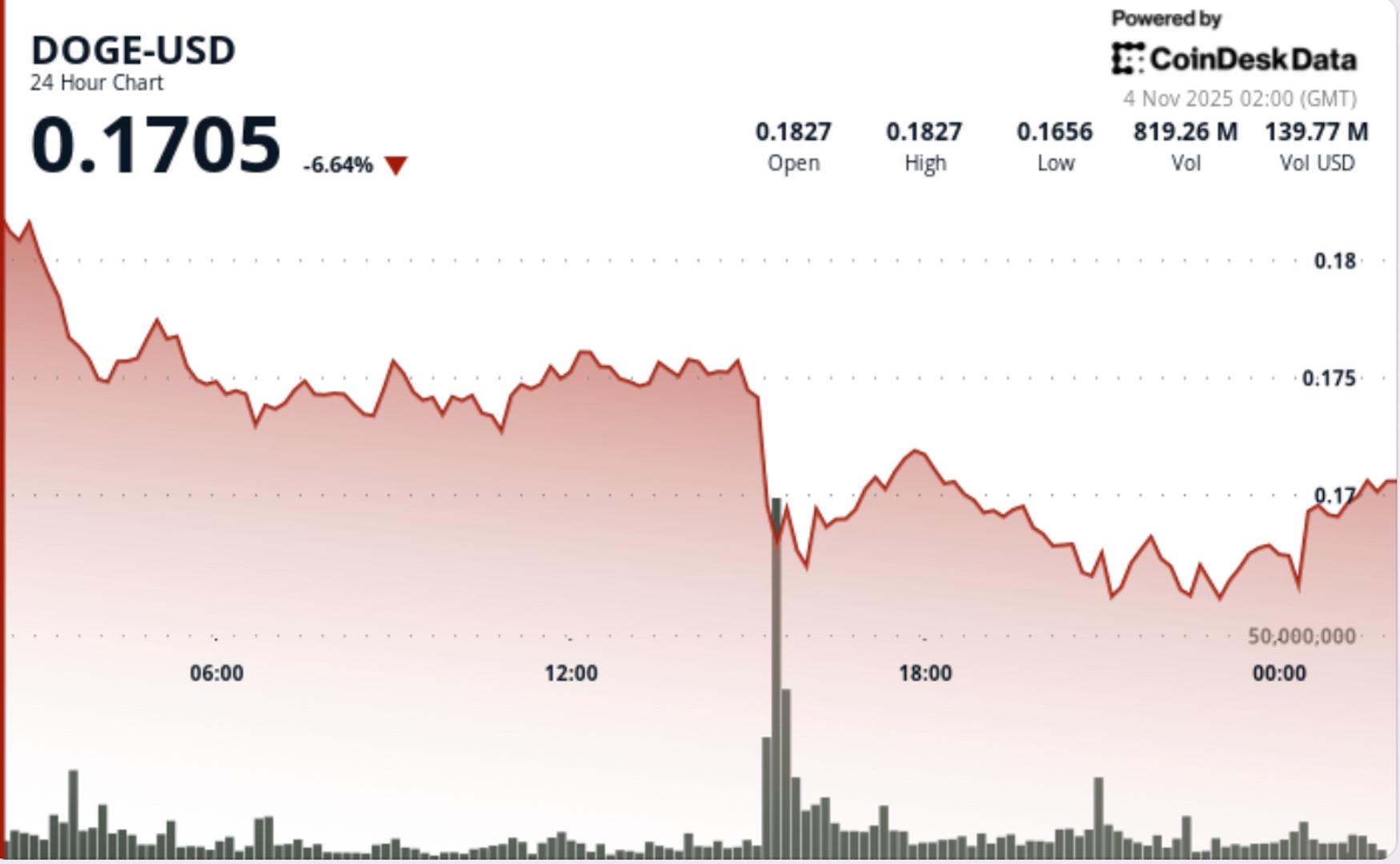How Hedera Hashgraph’s Roadmap Will Build the Future of Finance AllinCrypto August 12, 2025
Hedera Hashgraph’s roadmap sets out a strong vision for the network’s near future. The carefully structured plan aims to make Hedera more decentralized, easily accessible for web3 developers, and more impactful for real-world applications.
With strong governance, network transparency, and robust technicals, Hedera’s roadmap details how the network aims to get this done.
Let’s take a look at the Hedera Hashgraph roadmap and how the HBAR team, as large as it is, plans to execute its strategies.
Advancing the Core HBAR Network
One of the major priorities in the Hedera roadmap is strengthening HBAR’s core infrastructure to ensure security, resilience, and scalability.

Such directions include introducing sophisticated recovery capabilities, allowing the network to recover quickly from serious disruptions. Also important are features like scalable state proofs that allow the network to verify data integrity efficiently, even as the number of nodes and the size of the ledger increase exponentially.
The roadmap also outlines the deployment of dynamic address books and improved network management tools.
These are steps towards a new type of permissionless participation, where anyone can operate a node without requiring approval from the governing authority. Over time, this will shift Hedera closer to a more decentralized consensus model while maintaining performance and low fees.
Smart Contracts & Enabling New Developers in Web3
Hedera’s smart contract capabilities are evolving toward greater Ethereum Virtual Machine (EVM) usage. A part of HBAR’s move to integrate EVM throughout the ecosystem allows web3 developers to easily start building on HBAR since they will be familiar with the process.

It also allows ETH ecosystem participants to migrate or extend application acsess onto Hedera without major programming changes, benefiting from Hedera’s speed and cost efficiency.
Expanding Hedera Tokenization and Native Services
Hedera’s Hedera Token Service (HTS) is highlighted in the roadmap for advanced tokenization features that will make it easier to create and manage both fungible and non-fungible tokens with difficult configurations.

Scheduled token creations from smart contracts will allow treasury and renewal roles to be set at the moment of creation, streamlining workflows for enterprises and decentralized applications.
Batch transactions, another planned feature, will enable multiple operations to be executed atomically without requiring a smart contract.
Such features create opportunities for developers to design more sophisticated transaction flows with lower costs and less complexity.
Data Availability and Block Services
Another major feature of the roadmap is the rollout of block nodes and block streaming services. These will allow Hedera to store and serve blockchain data through dedicated nodes optimized for data availability instead of consensus.
By offloading this function from consensus nodes, Hedera can improve and maintain high performance while enabling new services, such as historical data retrieval, state snapshots, and real-time auditing.
These developments also align with the network’s commitment to verifiable state proofs, giving users cryptographic assurance about the correctness of data without needing to trust a central source.
HBAR Governance
In 2025, Hedera refined its governance and organizational model. The Hedera Foundation, now led by CEO Charles Adkins, focuses on community-driven innovation, grants, and ecosystem growth. This has been seen in recent Foundation grants given to SaucerSwap, a leading DEX on Hedera.
$HBAR‘s leading DEX, @SaucerSwapLabs , secured over 12 months of funding from the @HederaFndn, which will boost core protocol developments with plans for a mobile app with wallet support, enhanced ERC-20/HTS interoperability, cross-chain integrations, and a perp futures… pic.twitter.com/Omallip8vz
— ALLINCRYPTO (@RealAllinCrypto) August 11, 2025
The Hedera Council, under President Tom Sylvester and Council Chair Mance Harmon, will focus on governance management, enterprise strategy, and network security. This separation helps streamline decision-making across the network.
Real-World Use Cases and Hedera Ecosystem Integrations
Goals related to the tokenization of real-world assets, sustainable carbon credit markets, AI-powered data integrity solutions, identity systems, rewards platforms, and DeFi applications are also listed.
At HederaCon, developers and partners demonstrated how roadmap features are able to translate into real-world solutions. From drone data networks such as 4DSky and NFT platforms with immutable royalties.
Path Forward for Hedera Hashgraph
In the short term, the Hedera network is focusing on disaster recovery tech, batch transactions, and improved operational tools alongside ecosystem growth led by the Hedera Foundation.
Over the mid-term, the emphasis shifts to block node deployment, scalable state proofs, and Hiero. In the long term, Hedera aims to reach full EVM integration and expand tokenization possibilities.
For investors, Hedera’s roadmap focuses on strengthening the core network, improving the developer experience, expanding services, and enabling real-world applications, underlined by a transparent governance system.
The post How Hedera Hashgraph’s Roadmap Will Build the Future of Finance first appeared on AllinCrypto.







